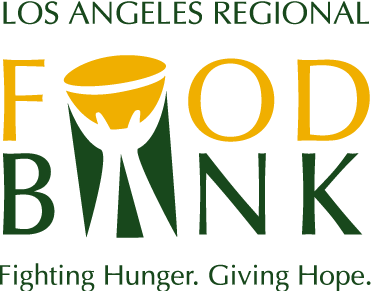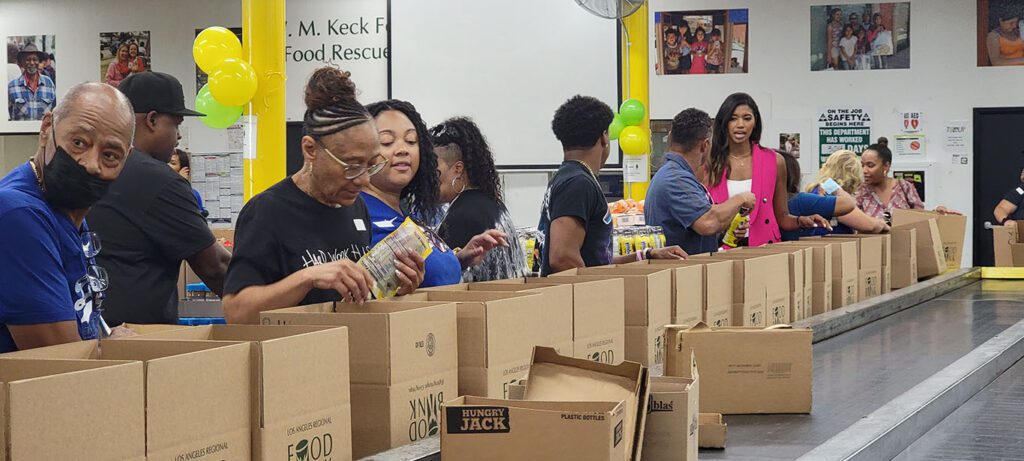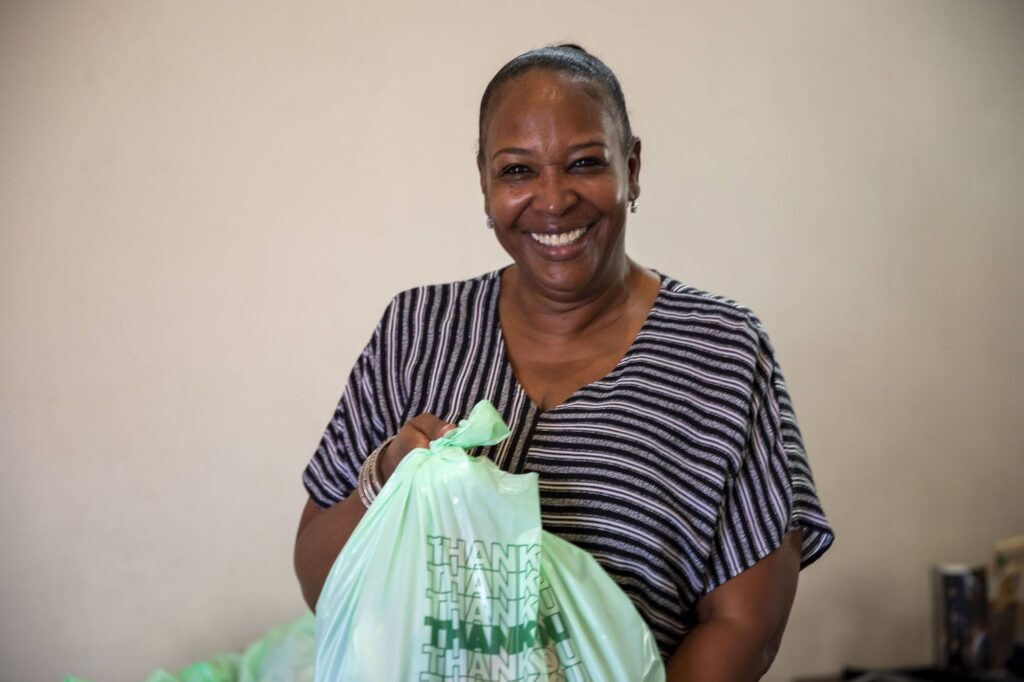Faces of Hunger in LA County
Faces of Hunger in LA County
Food insecurity is indiscriminate, affecting individuals of different ages, ethnicities and communities across all education and employment levels.
Encompassing 88 cities and 100 communities, LA County includes an estimated 2 million food-insecure people, all with unique backgrounds and experiences. Through the support of 600 Partner Agencies, the LA Food Bank serves roughly 800,000 people each month at 900 different locations.
The LA Regional Food Bank Helps People from Lancaster to Long Beach, and Everywhere In Between
Approximately 4,753 square miles, LA County ranks as the most populous county in the nation. The Food Bank holds distributions and collaborates with partner agencies to support families living throughout our community.
One such partner is The Long Beach Rescue Mission, which distributes donations from the Food Bank to serve residents of southern LA County. The Mission also provides other social services, such as a New Life Program that includes year-long residential support for people recovering from addiction. One food recipient and graduate of the program, Eric, now works in the Mission’s kitchen. With help from his crew, Eric cooks daily meals for thousands in need. Read more about Eric and the Mission.
The Food Bank also organizes food distributions further north, including one in Lancaster. Over the summer, cars began arriving at the Pioneer Event Center more than an hour before the distribution’s scheduled start. The line continued beyond our noon end time, as staff worked to ensure all waiting cars received groceries. Read more about a food distribution at the Pioneer Event Center.
Food Insecurity Hits Various Income Brackets
Research conducted by USC Dornsife’s Public Exchange in 2020 revealed that food insecurity extends beyond low-income families. Particularly since the pandemic, food insecurity has become far more pervasive, affecting residents of different income levels.
USC’s survey reported that about 20% of households facing food insecurity are not low-income, earning $60,000 per year or more. Lead researcher Kayla de la Haye explained that the pandemic has “impacted demographic groups that are historically less likely to ever experience it.” Learn more about USC’s research into LA County food insecurity.
The Food Bank helps everyone on the income spectrum, from people who are recovering from homelessness to people who worked every day of their lives before an unexpected emergency (like COVID-19).
Without shelter and stable employment, Tania Cole once received support from the Ephesus Church, where she now works to give back to her community:
Food Assistance Allows Some la Residents to Afford Other Necessities
For some families, receiving food assistance frees up funds for necessities like rent or utilities.
Stella Aquino Reys visited the Interfaith Food Center (IFC) in Santa Fe for the first time at the beginning of the pandemic. Living with her husband on a fixed income, Reys struggled to afford groceries as the cost of food increased. Medical bills and copayments also arose after she and her husband fell ill. With access to healthy groceries, Reys can focus on paying utilities and other bills, knowing she and her husband have nutritious meals to eat.
Nutritious Groceries Help Individuals Stay Healthy
As the price of groceries continues to rise, the Food Bank and partner agencies distribute nutritious food to those in need.
A healthcare worker and mother, Kari Armstrong visits My Friends House once a week for fresh produce and unprocessed goods. Currently out of work, she is grateful for access to wholesome groceries that nourish herself and her family.
Partner Agencies and Distributions Help Families Face Unexpected Food Insecurity
Accidents, illnesses and other tragedies can leave previously-employed individuals and caregivers out of work. Alondra Flores, a mother with a family of six, and Alejandro Ortiz, a father to four girls, both experienced unemployment due to health issues during the pandemic.
After her accident, Flores faced back surgery and six months of bedridden recovery. Suddenly out of work, she and her family struggled to afford food. The Central City Neighborhood Partners (CCNP) provided nutritious meals and groceries to support Flores and her children.
Food insecurity can affect anyone, whether due to an unexpected accident, recent layoff or other financial burden. Individuals across all parts of LA County, with different families, experiences and backgrounds, need our support. Through providing food assistance, we allow LA residents to access nutritious meals and focus on necessities like healthcare and rent. If you’re able, please consider joining the fight against hunger today.





